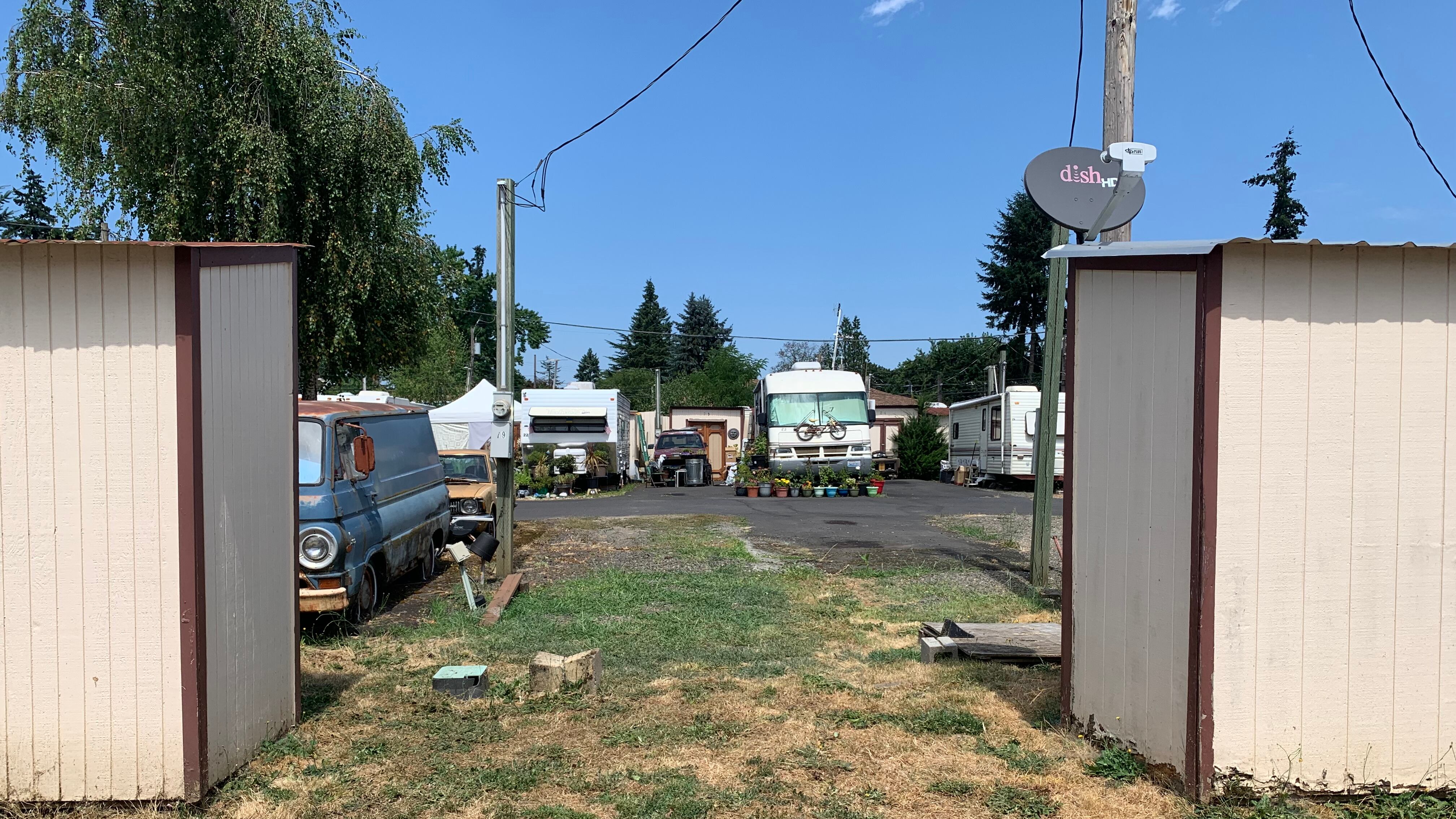On Saturday afternoon, the sixth day of the weeklong heat wave that descended on Portland, WW took climate scientist and researcher Joey Williams to an RV park in Southeast Portland where a man named Eugene Anderson died during last year’s heat dome.
There, Williams and WW measured the heat of different surfaces: the asphalt pavement, dead grass, live grass, the wall of a white RV, a cluster of rocks, the bark of a tree, the two-lane road running adjacent to the trailer park.
What those images show in a very tangible way is something climate scientists have warned us for decades: Trees and shrubs matter. Type of material matters, whether it’s wood, metal, asphalt, grass or rocks. So does the color of surfaces such as cars or the roofs of buildings, as elementary as that may seem. So does density of buildings and wind flow.
Everything about a place’s built environment matters during an intense climate event, and as Portland State University professor and climate researcher Dr. Vivek Shandas told WW last year after the deadly heat dome that killed 69 Multnomah County residents, the Flavel RV and Mobile Home Park in the Lents neighborhood of Southeast Portland is a built environment that’s unintentionally engineered to roast.
The park is just one example of a place that is smack dab in a “heat island”—a place where all the necessary factors merge to create a deadly environment. Large swaths of East Portland are heat islands, as are spots in downtown Portland. Meanwhile, on much of the west side of the Willamette River, abundant tree coverage makes for starkly cooler temperatures on a daily basis.
As Shandas has been warning local officials for 10 years, extreme heat will kill poorer, isolated, senior Portlanders. Last year’s heat dome did just that.
The spot where Anderson’s trailer sat in the RV park for years before he died is now empty; what’s left is a rectangle of dirt and grass in the shape of a long RV. Anderson lived in space 19, and neighbors told WW last year he’d drive his RV to the grocery store and then meticulously back it into its spot.
For residents at this trailer park, there’s little refuge from the heat.
The ground is mostly asphalt and packed dirt under the trailers. There’s almost no tree cover across the entire lot, which holds about 30 RVs and trailers. The only greenery is some flowers and plants intentionally placed around people’s trailers. There are no tall buildings around the park blocking out the sun.
On Saturday at 1 pm, the sun was bearing down on the ground. The air felt hot, heavy and stagnant. There was no breeze.
Williams took out his thermal device, which maps the heat of surfaces, and took a series of pictures of different surfaces in the park. Below are a selection of those pictures. The first of each pairing is the thermal photograph, and the second is the photo without thermal imaging.
1. The asphalt pavement: 130 degrees
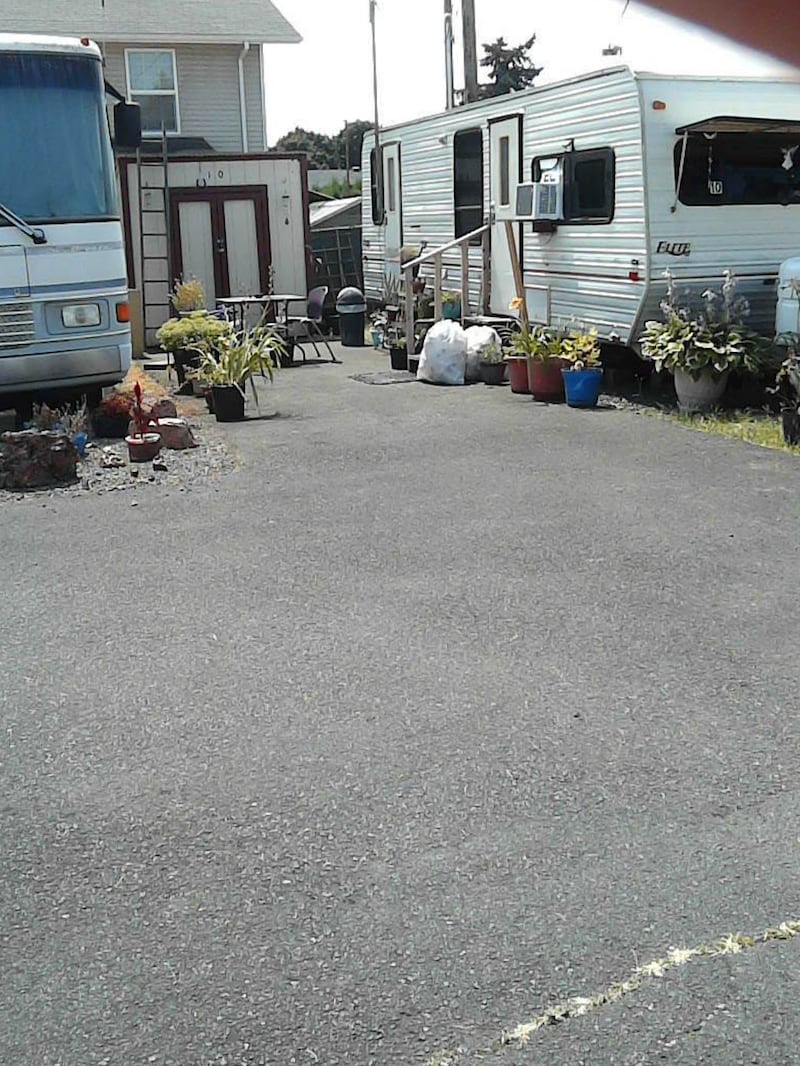
2. A patch of greenish grass: 94.5 degrees
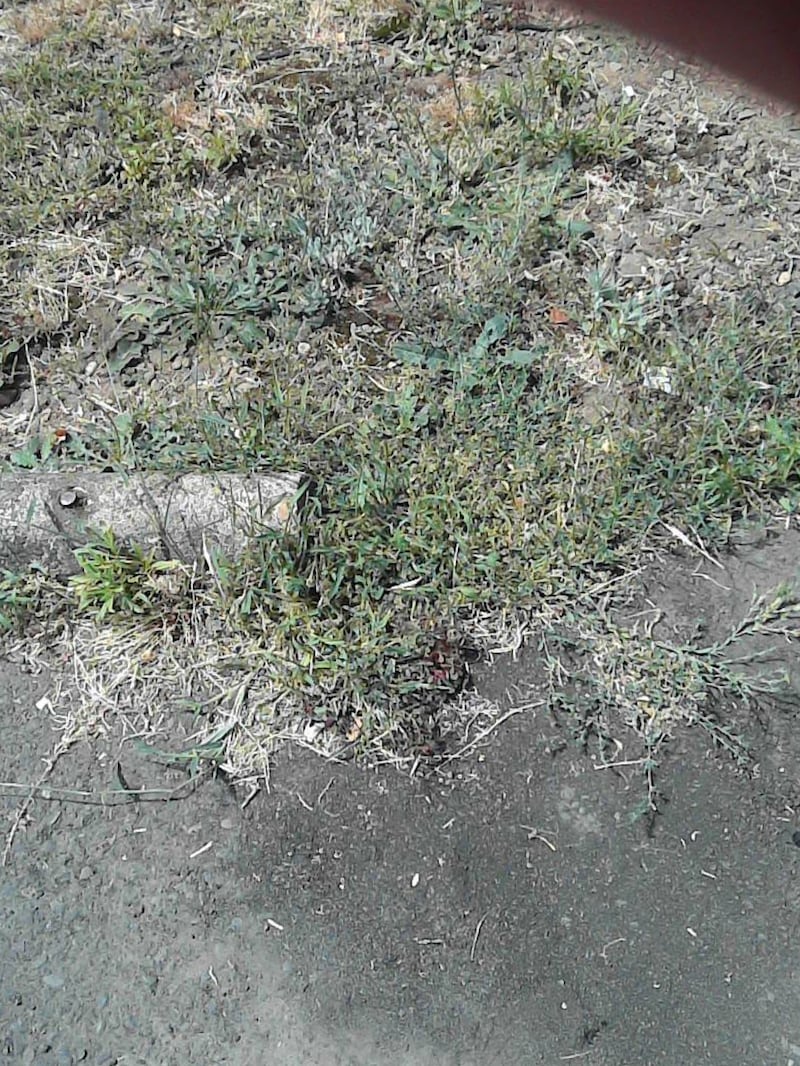
3. A patch of dead grass: 113 degrees
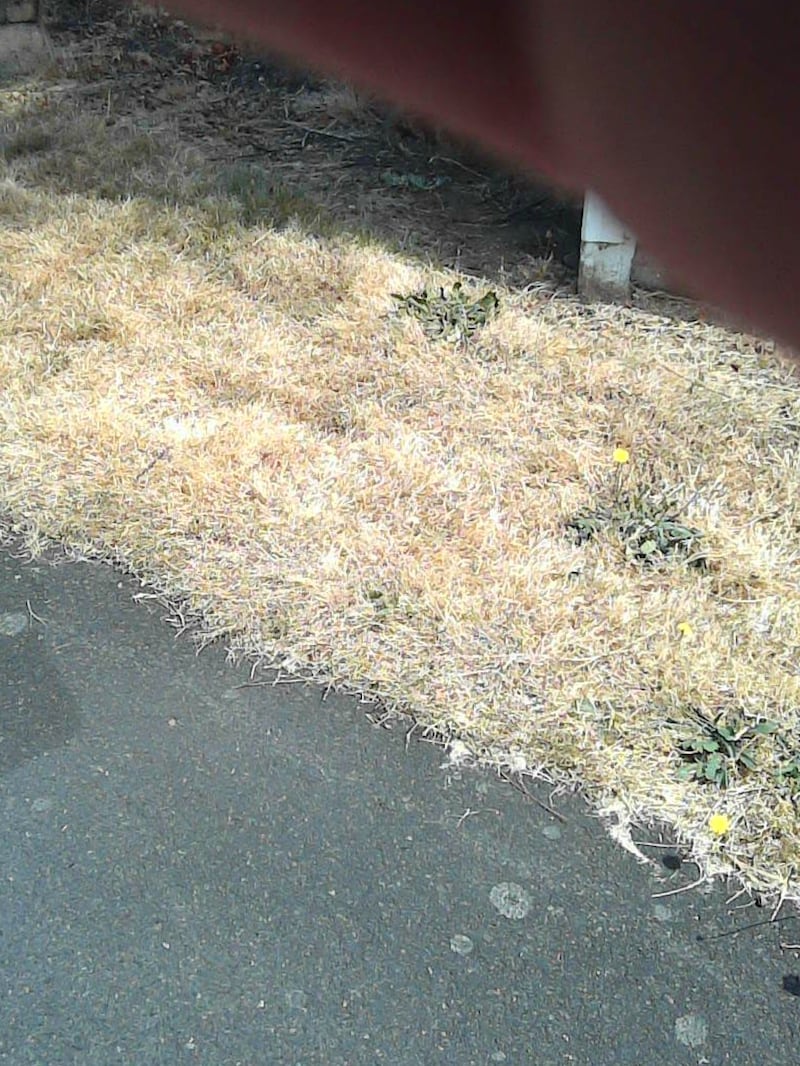
4. The surface of one of the only trees in the trailer park: 81.3 degrees
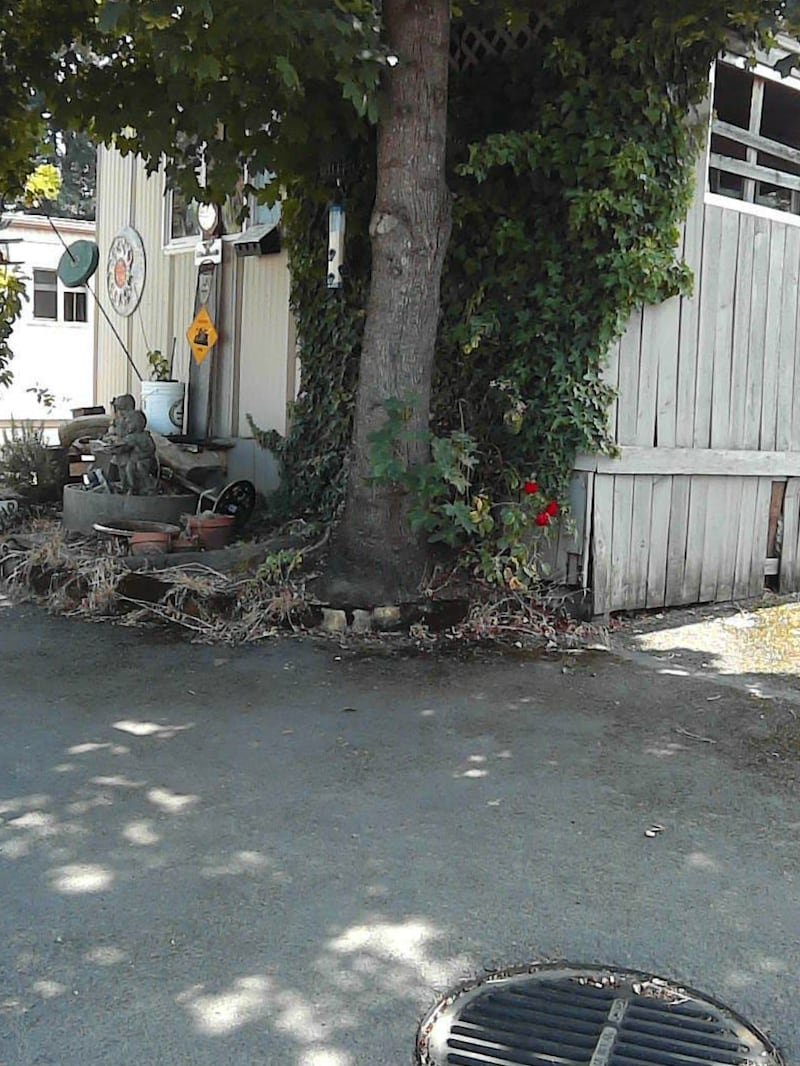
3. The exterior of a trailer: 97.5 degrees
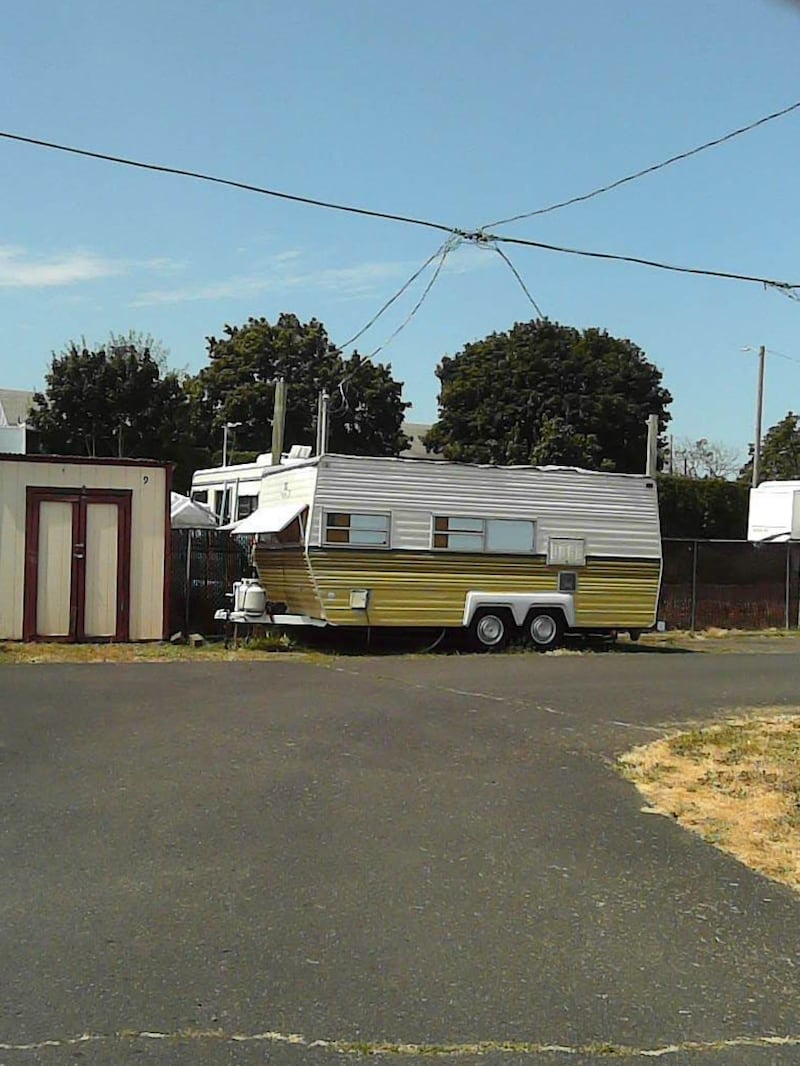
This article was published with support from the Jackson Foundation, whose mission is: “To promote the welfare of the public of the City of Portland or the State of Oregon, or both.”
